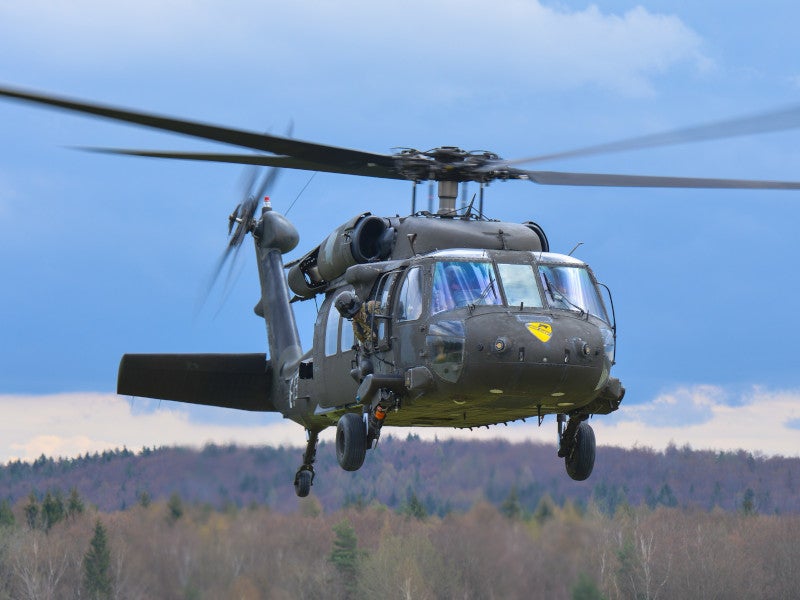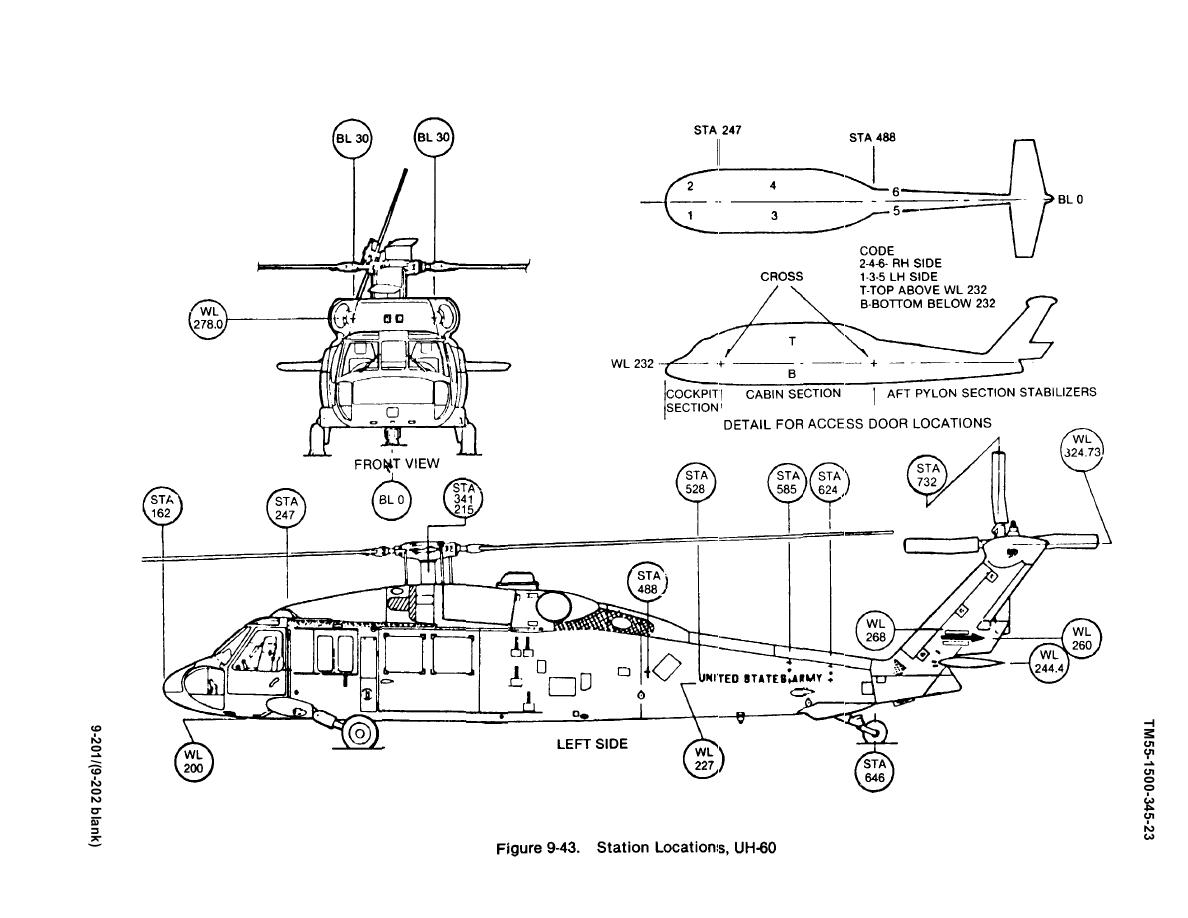9 Simple Techniques For Uh-60
Wiki Article
Unknown Facts About Uh-60
Table of ContentsUh-60 Can Be Fun For AnyoneThe Of Uh-60Not known Details About Uh-60 Not known Details About Uh-60 The Basic Principles Of Uh-60 The Main Principles Of Uh-60
The pilot can make the helicopter create more or much less lift making use of a control called the, which raises or reduces the angle (additionally referred to as) that all the blades make in the approaching air as they rotate around. For optimum lift, the blades should make a considerably high angle.Moving the collective the various other method relocates the swash plates back down, which pulls on the pitch web links and tilts the blades to a shallower angle. At the end of the cumulative, there's a throttle attached by a cable television to the engine. This resembles the accelerator of an automobile or the throttle of a motorcycle, increasing or reducing the engine rate, guiding the blades to make even more or much less lift.
This is where the swiveling of the helicopter to and fro takes place, which enables the rotor blades to offer a steeper angle when they're on the left side of the craft than when they get on the right. To put it simply, they generate more lift on the left, tilting the craft to the right as well as guiding it because direction.
The resourceful swash plate mechanism translates the pilot's movements into the proper motion of the rotor blades. Currently, the following time you see a helicopter remove, you understand the technicians behind it and can feel confident that whoever is flying the craft knows what they're doing! For even more information watch this video: Was this short article useful? Yes, No.
An Unbiased View of Uh-60
This phase takes care of the research study of medium rate influence on the lower surface of helicopter blades. It intends to suggest a representative limited component modeling (FEM) based on experimental observations of these kinds of impacts. Helicopter blades are huge complicated composite structures that run in a severe vibrant environment.A semicontinuous strategy, where certain shell elements are combined with pole aspects, was developed. This method offers an excellent representation of the damages systems for thin composite frameworks made of 2 or three plies with the exact same orientation as well as material. In this paper, an extension of this semicontinuous strategy is explained.
Moreover, this method is reached thicker woven composites with different ply positionings, with the introduction of specific cohesive elements. In the very first component of this chapter, some certain effect tests are conducted and also analyzed in order to define the crucial issues that need to be represented in the growth of the design.
The damages legislation and also failing actions are explained. A specific interface component is offered. The modeling strategy is confirmed on various influence examinations.
Uh-60 - The Facts
The helicopter comes down as a result of unbalanced pressures: The weight of the helicopters is higher than the lift pressure of air. The try this website Classical Mechanics Department at St. Olaf University clarifies that also without the blades bending upwards, there are equal and opposite forces acting on the paper helicopter that cause it to rotate - uh-60.This high pressure causes equal and also contrary opposing forces that trigger the spin. The Physics of Paper Helicopters Autorotation (4:53) Mounting the evaluation in regards to Newton's Third Legislation of Movement, a pair of equal as well as opposite pressures acting flat under each blade and also on the body of the paper helicopter cause turning.
The blades provide the lift as well as are factors that create the helicopter to rotate. The size of the 2 blades with each other equals the width of the paper design template used to make the helicopter.
The size of the paper helicopter tail is one-third the width of the design template. The tail provides the paper helicopter flight security.
Some Of Uh-60

Sometimes independent variables are not controlled by the researcher yet kept track of to see just how their changes may impact other variables. Time (seconds, days, years) is an independent variable that can be tracked to see how it may impact various other variables (e. g., the development of a plant). Dependent variables are what scientists observe, gauge, or matter in an experiment.
Independent variables are variables that might change a dependent variable. That's the point of an experiment: To learn what might or may not influence a dependent variable! These sorts of variables are the "result" in a cause-and-effect partnership. Regulated variables are variables that the researcher does not allow to change.
A basic two-rotor paper helicopter is a good layout selection to examine this typical trouble. The scientist can adjust any of the 4 helicopter parts to identify what aspects impact the flight time of a paper helicopter. By readjusting a part of the helicopter, researchers are adjusting the independent variable to figure out if this modification affects the moment the helicopter stays in the air (time in the air is the reliant variable).
Little Known Facts About Uh-60.

A variable is a particular or amount that can be gauged or counted in an experiment. The majority of experiments for this age account internet for 3 type of variables: independent, reliant, and managed. Independent variables are adjusted by the researcher. These variables are altered and examined to establish if they are the reason in a cause-and-effect connection.
Often independent variables are not controlled by the scientist but monitored to see how their modifications might impact other variables. Time (seconds, days, years) is an independent variable that can be tracked to see exactly how it may influence various other variables (e (uh-60). g., the development of a plant). Dependent variables are what researchers observe, measure, or matter in an experiment.
Independent variables are variables that may change a dependent variable. Controlled variables are variables that the scientist does not allow to change.
Getting My Uh-60 To Work
look at this site A straightforward two-rotor paper helicopter is a great layout option to research this usual trouble. The scientist can control any of the 4 helicopter components to determine what variables influence the flight time of a paper helicopter. By readjusting a part of the helicopter, researchers are controling the independent variable to establish if this change influences the time the helicopter remains in the air (time in the air is the reliant variable).Report this wiki page